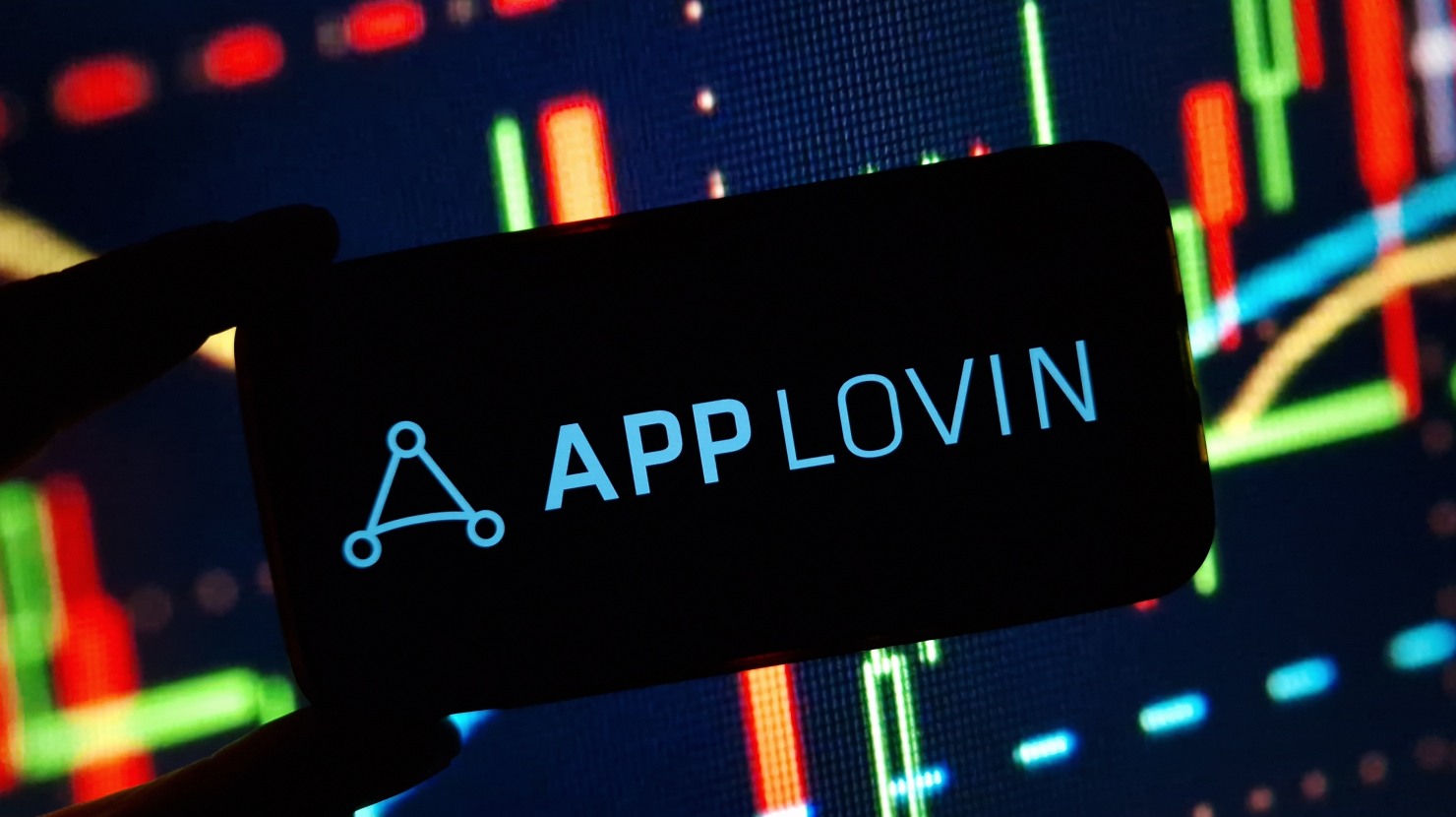Duolingo shares rose 32% after the firm raised its annual guidance, reinforcing investor belief in its AI-led expansion strategy

Shares of Duolingo leapt by roughly 32% on Thursday after the language-learning firm raised its annual guidance, reinforcing investor belief in its AI-led expansion strategy.
The company now anticipates full-year revenue of between $1.01 billion and $1.02 billion, up from a prior projection of $987 million to $996 million. Bookings forecasts were likewise lifted to $1.15 billion, $1.16 billion, compared with an earlier $1.09 billion, $1.10 billion range. The upbeat outlook suggests strong momentum behind Duolingo’s efforts to harness AI for enhanced user experiences and monetisation. This also comes as the company forges ahead with its efforts to leverage AI to streamline content creation, despite the job cuts.
Premium tiers drive Duolingo’s revenue growth
Duolingo’s average revenue per user (ARPU) climbed 6% year-on-year in the second quarter as more learners migrated to its Max tier, priced higher and enriched with AI-powered video-call practice sessions.
Uptake of the $12.99 Super plan also rose, reflecting Duolingo’s targeted experimentation with subscription prompts. The platform tailors which offers appear to each user and when, aiming to optimise long-term value rather than simply pushing a single package.
This nuanced approach underpins the shift toward premium pricing and is expected to continue supporting ARPU in coming quarters.
Although Duolingo had forecast a 300-basis-point contraction in gross margin for the quarter, the drop was contained to just 100 basis points. Lower-than-anticipated AI-hosting expenses and stronger ad performance contributed to the resilience.
“AI costs that power Max have fallen more than we expected,” chief financial officer Matt Skarupa told Reuters, noting that improvements in video-processing efficiency helped rein in expenses.
Duolingo posted adjusted earnings per share of 91 cents, comfortably surpassing the 58-cent consensus estimate and prompting analysts at Raymond James to raise profit forecasts. “While we remain cautious on near-term user growth, ongoing monetisation initiatives and margin expansion offer upside,” their note added.
Strong user engagement underpins outlook
Daily active users jumped 40% year-on-year to nearly 48 million, from about 34 million in the corresponding period in 2024. This uptick reflects both broader adoption of AI-based practice tools and engagement boosts from in-app social features.
Management has emphasized a balanced growth strategy – nurturing organic user acquisition through product improvements, while leveraging data-driven experiments to refine retention and conversion.
In a statement, co-founder and CEO Luis von Ahn revealed that the second quarter performance was beyond expectations.
“We exceeded our own high expectations for bookings and revenue this quarter, and did it while expanding profitability.”
Ahn.
In addition to the AI enhancements to its platform, Duolingo recently bought a London-based startup known as Nextbeat, reflective of its strong efforts to broaden the scope of educational offerings and boost revenue.
Duolingo also introduced a chess course earlier this year in a move that signalled its first venture outside language instruction. The initiative was also in line with management’s thinking that interactive and AI-powered content can spur premium uptake across a broader set of learning verticals.
At Thursday’s close, Duolingo’s market capitalisation stood at about $15.62 billion. Should current price levels persist, the equity could add roughly $5 billion in value.
Even so, the shares trade at an elevated multiple, about 85 times forward earnings, well above peers like Uber (26.5×) and DoorDash (79.4×).
Looking ahead, Duolingo projects third-quarter revenue of $257 million to $261 million, ahead of the $253 million analysts expected, further underscoring its growth trajectory as AI integration and subscription optimisation continue to drive both user engagement and financial performance. The company started integrating machine learning and AI into its platform as early as 2020 with the introduction of an AI model, Birdbrain.
Want your project in front of crypto’s top minds? Feature it in our next industry report, where data meets impact.





